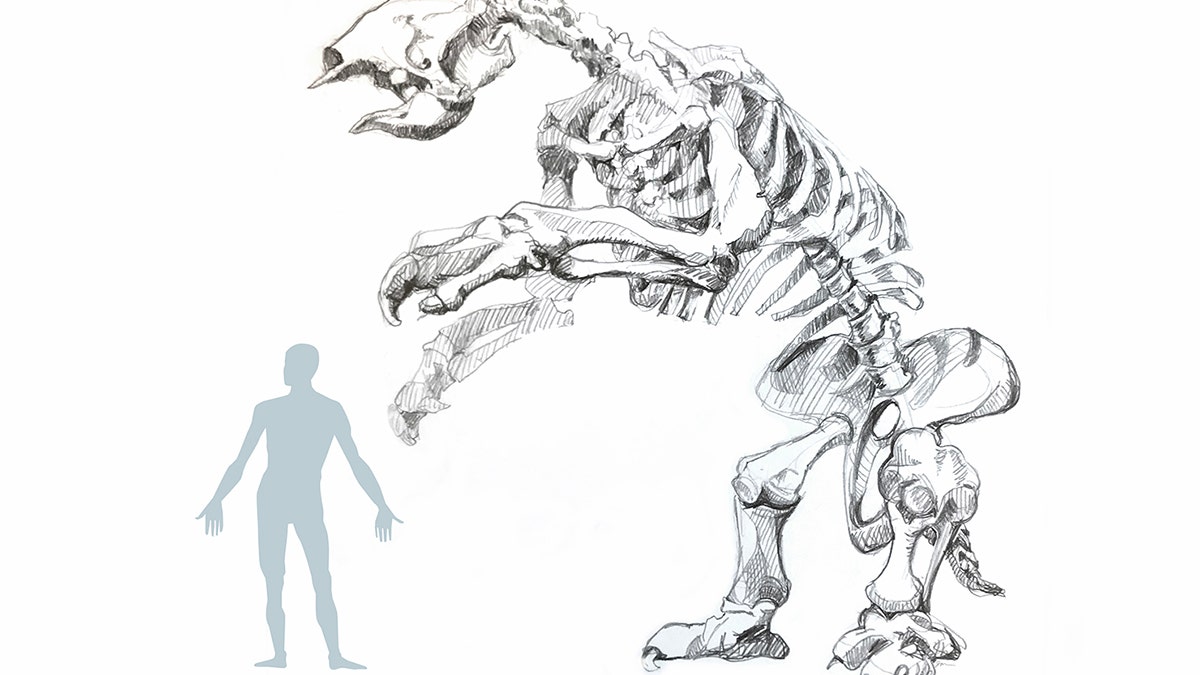Study: Fossils of a 27,000-year-old giant ground sloth give insights into what life was like before it died
Study: Fossils of a 27,000-year-old, 13-foot-tall giant ground sloth give insights into what life was like for the animal before it died.
Fossils of a 27,000-year-old giant ground sloth have given scientists insight into what life was like for the roughly 13-foot-tall beast before it died, according to a new study.
Scientists at the University of Illinois at Urbana–Champaign (U of I) were able to retrace the last steps of a giant sloth that died in a deep sinkhole in Cara Blanca, Belize, including what it ate and the conditions it lived in based on their analysis of a tooth fragment.
Their research, published in Science Advances on Wednesday, will also help aid in the future analysis of fossils.
TINY DINO-ERA 'NIGHT MOUSE' FOUND ABOVE ARCTIC CIRCLE
“We began our study with the hopes of gaining a better understanding of the landscape within which large mammals went extinct and humans emerged in central Belize,” University of Illinois graduate student Jean T. Larmon, who helped lead the research, said.

The giant sloth stood at roughly 13 feet tall, the study says. (Tony Rath/University of Illinois at Urbana-Champaign)
“In the process, we discovered which part of the tooth had best maintained its integrity for analysis. And we refined methods for studying similar specimens in the future," Larmon added.
Larmon and her colleagues Lisa Lucero and Stanley Ambrose, both anthropology professors at U of I, were able to find a special type of tissue on the tooth fragment and put samples through an isotopic analysis that let them follow “monthly and seasonal changes in the sloth’s diet and climate for the first time,” Ambrose said.
480-MILLION-YEAR-OLD MYSTERY CREATURE FINALLY IDENTIFIED FROM ITS PRESERVED GUTS
They found the sloth lived in a savanna, not a forest, and lived through long, dry seasons. They also discovered the sloth ate a variety of plants that changed based on whether the season was wet or dry.
“We were able to see that this huge, social creature was able to adapt rather readily to the dry climate, shifting its subsistence to relying upon what was more available or palatable,” Larmon said.
Their research also spoke to what likely led to the giant sloth’s extinction.
“One of those potential factors is the arrival of humans on the scene 12,000 to 13,000 years ago," Lucero said.
The fossils — including the tooth fragment as well as the sloth’s humerus and its femur — were found in 2014 when divers were searching the pool for ancient Maya artifacts.





















